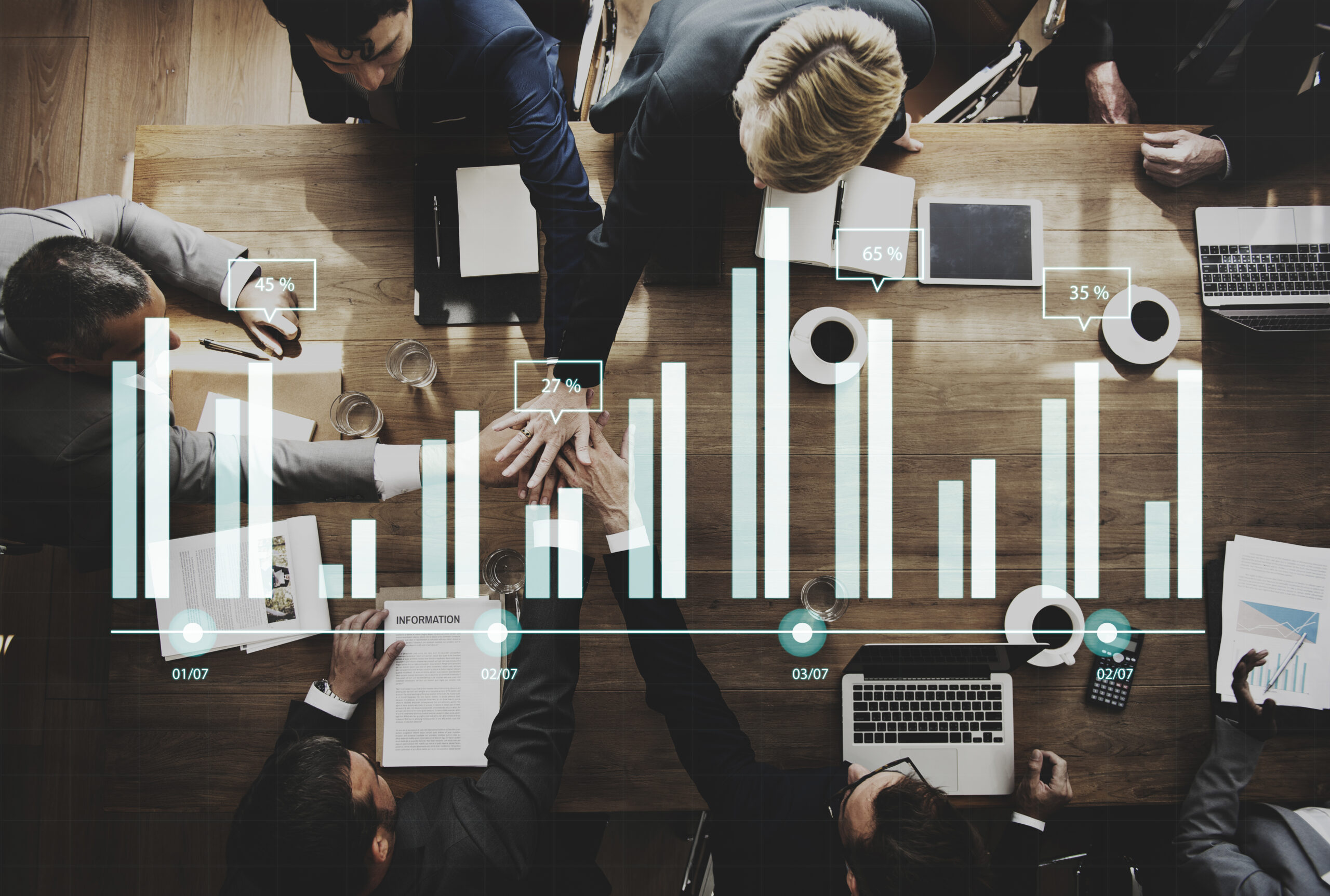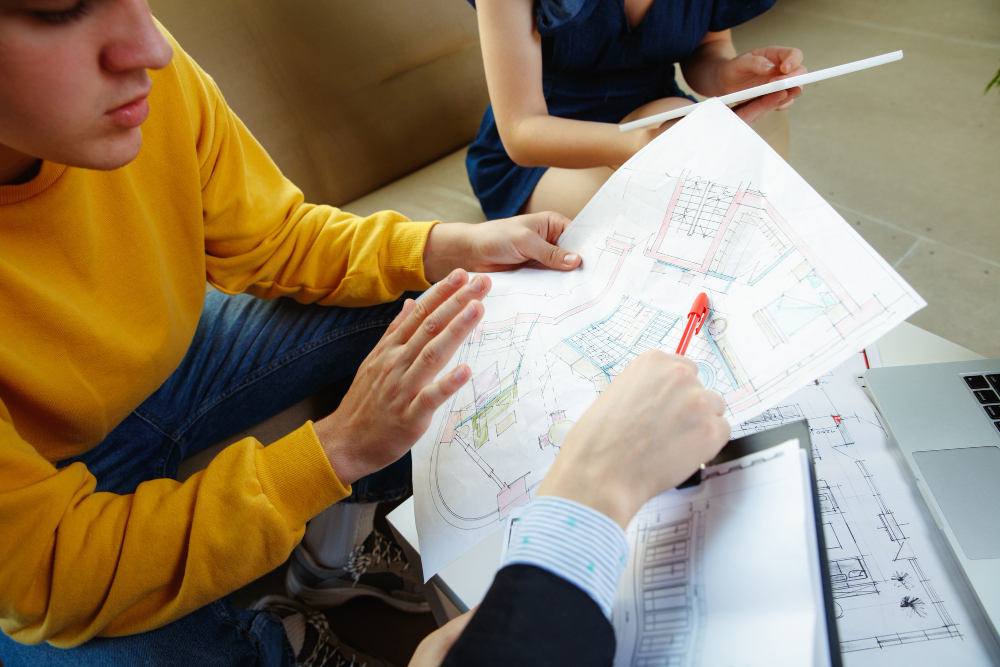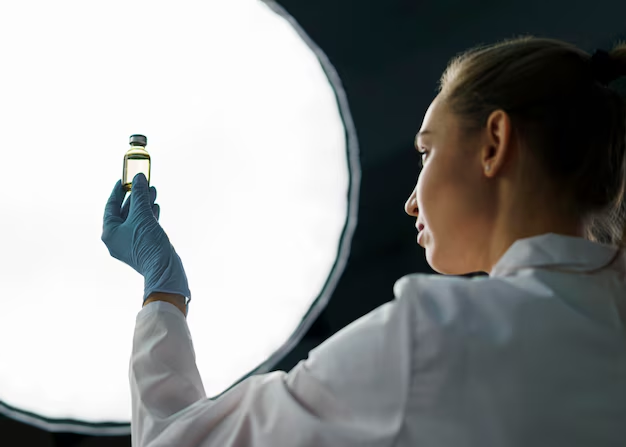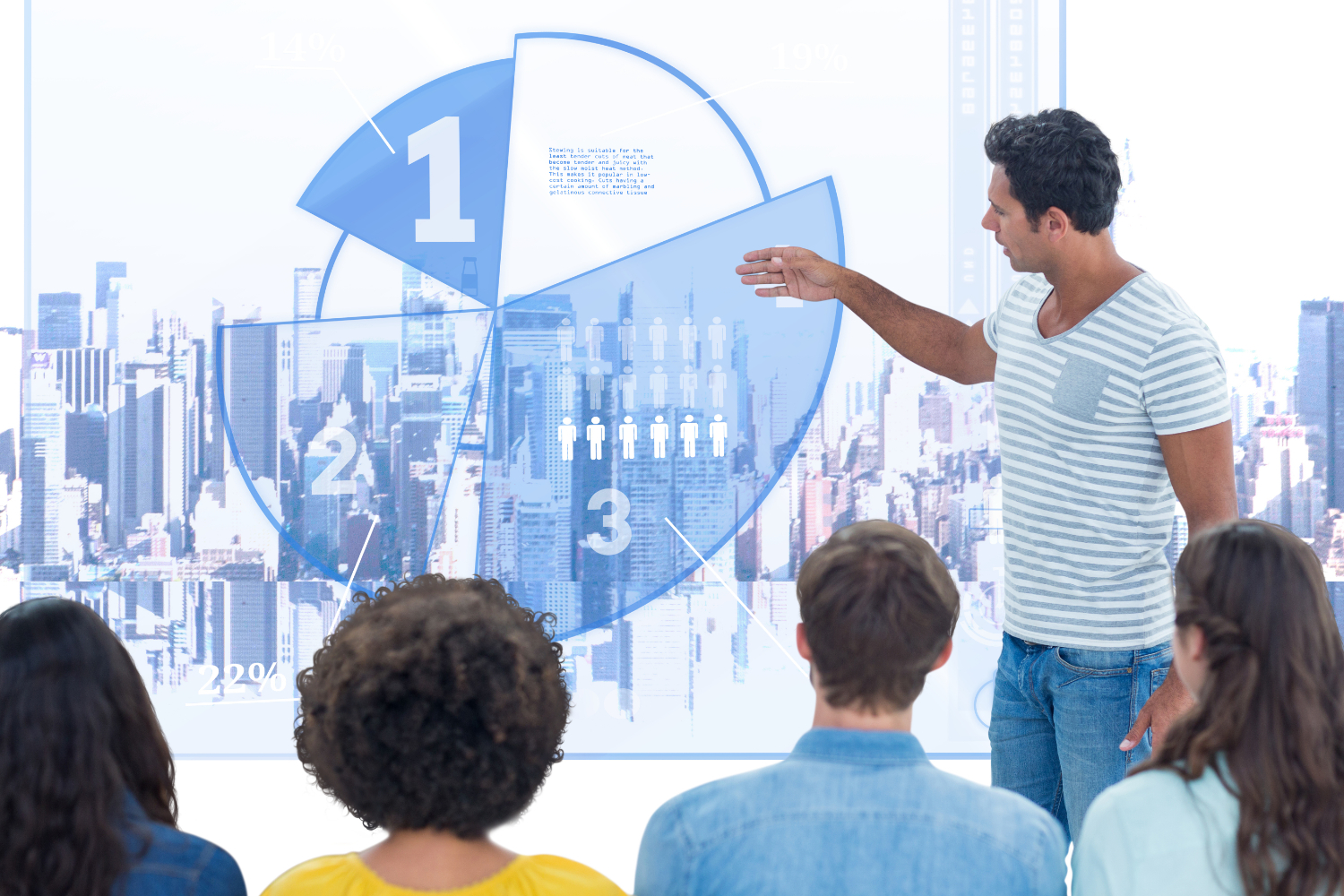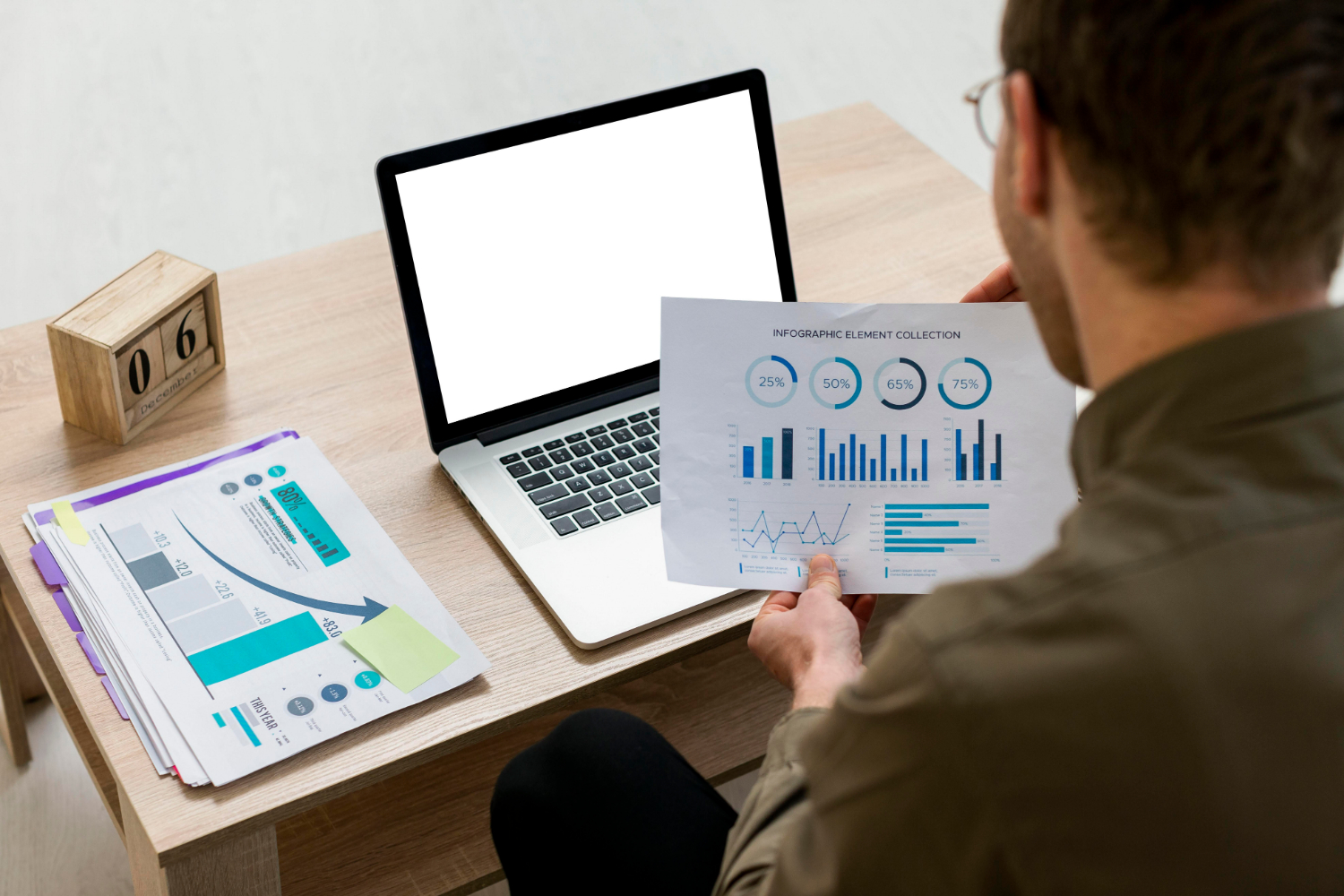Statistical analysis should be considered as a solid foundation for other advanced data analytics techniques and one of the tools that strengthen decision-making processes in the business world.
Through statistical analysis, we provide businesses, research institutions, and organizations operating in various sectors with a framework to interpret their data, analyze the internal structure of datasets, and make strategic decisions based on data. At this point, our statistical analysis processes are supported by scientific and systematic methods to transform raw data into meaningful information.

Descriptive Statistics
We use descriptive statistics to describe the general characteristics of data. In this context, we reveal the overall structure of data with basic statistical summaries such as means and standard deviations. This stage lays the groundwork for more advanced analyses and provides initial descriptions/predictions about the data.

Inferential Statistics
Inferential statistics are employed to make generalizations from sample data and conduct hypothesis testing. In this process, we test null and alternative hypotheses to produce reliable predictions based on the data. Hypothesis testing allows us to derive findings that support strategic business decisions.
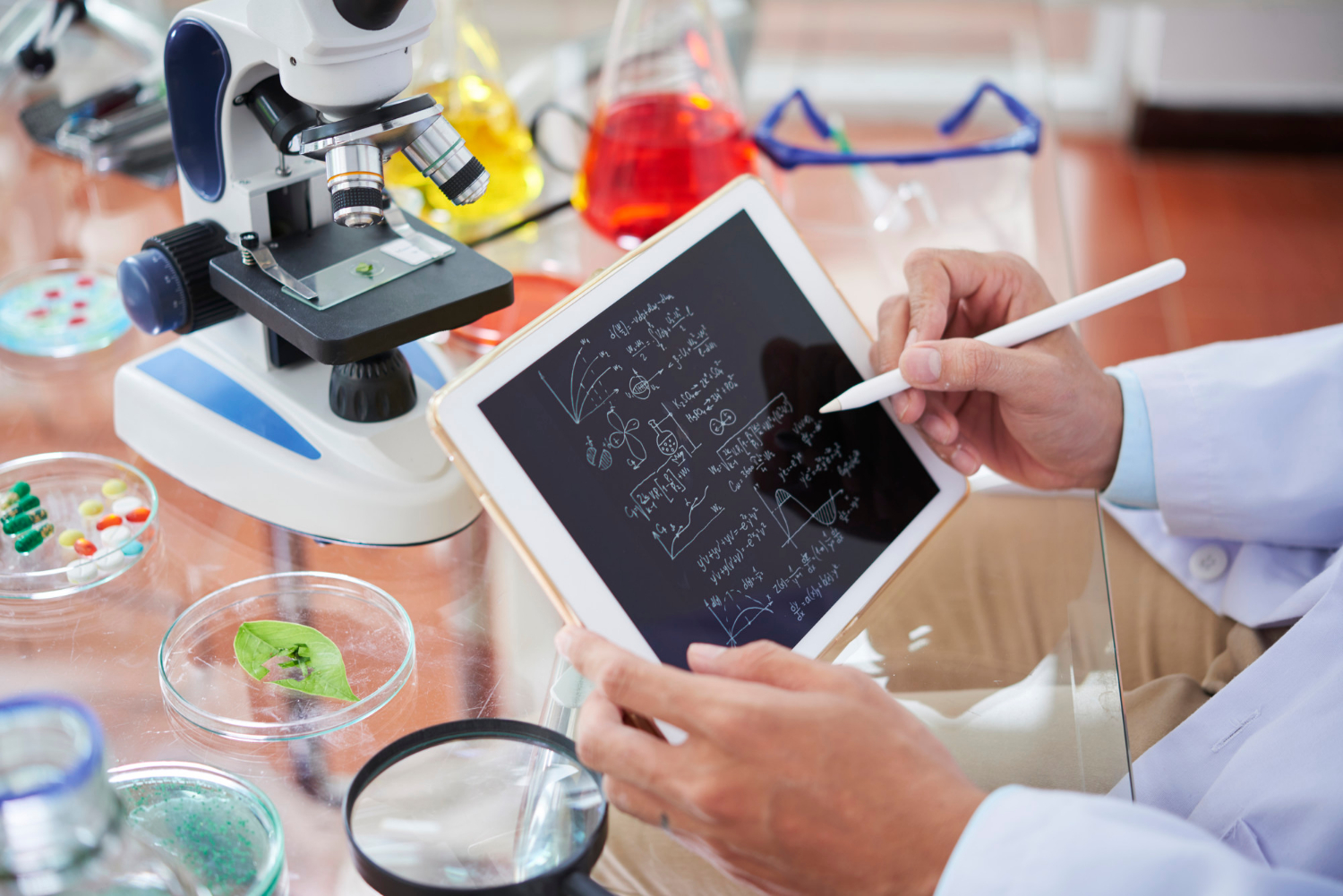
Regression Analysis
Regression analysis enables us to examine the relationship between dependent and independent variables. This method helps us gain deeper insights into the factors affecting business performance and develop predictive models using techniques like linear regression.

Analysis of Variance (ANOVA)
We use variance analysis to compare the means of different data groups, especially for evaluating differences among groups in various datasets. This method allows businesses to test the impact of different strategies or practices on performance.

Correlation Analysis
To evaluate relationships between two or more variables, we use correlation analyses. Metrics such as Pearson’s correlation coefficient are applied to measure the strength of these relationships. Through these analyses, we can determine which variables move together.
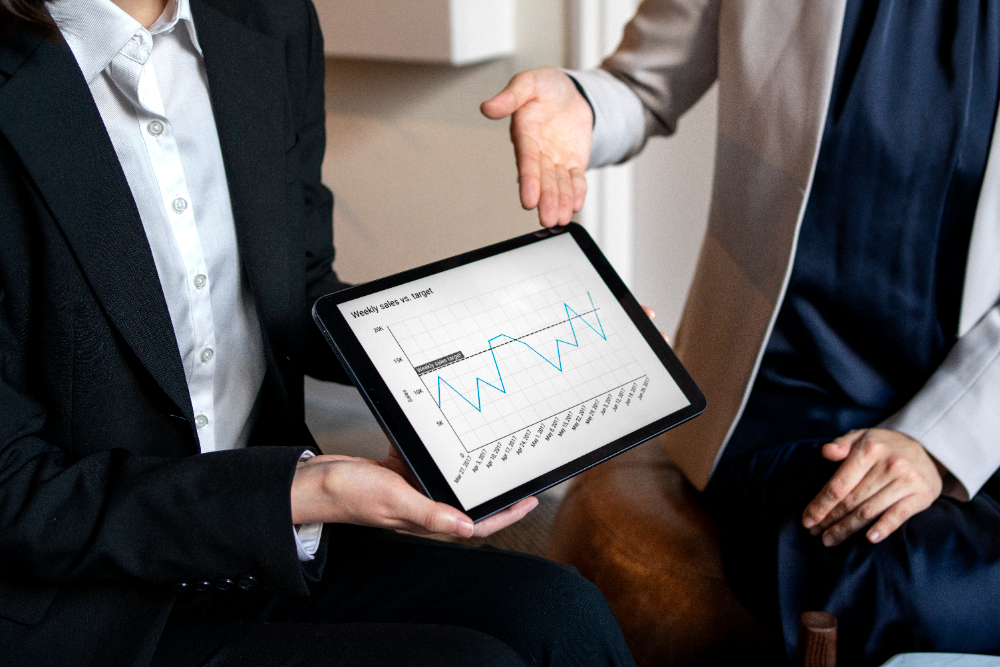
Forecasting and Modeling
In the final stage of forecasting and modeling, we develop various predictive models to estimate future trends based on data. At this stage, we emphasize time series and regression models.






